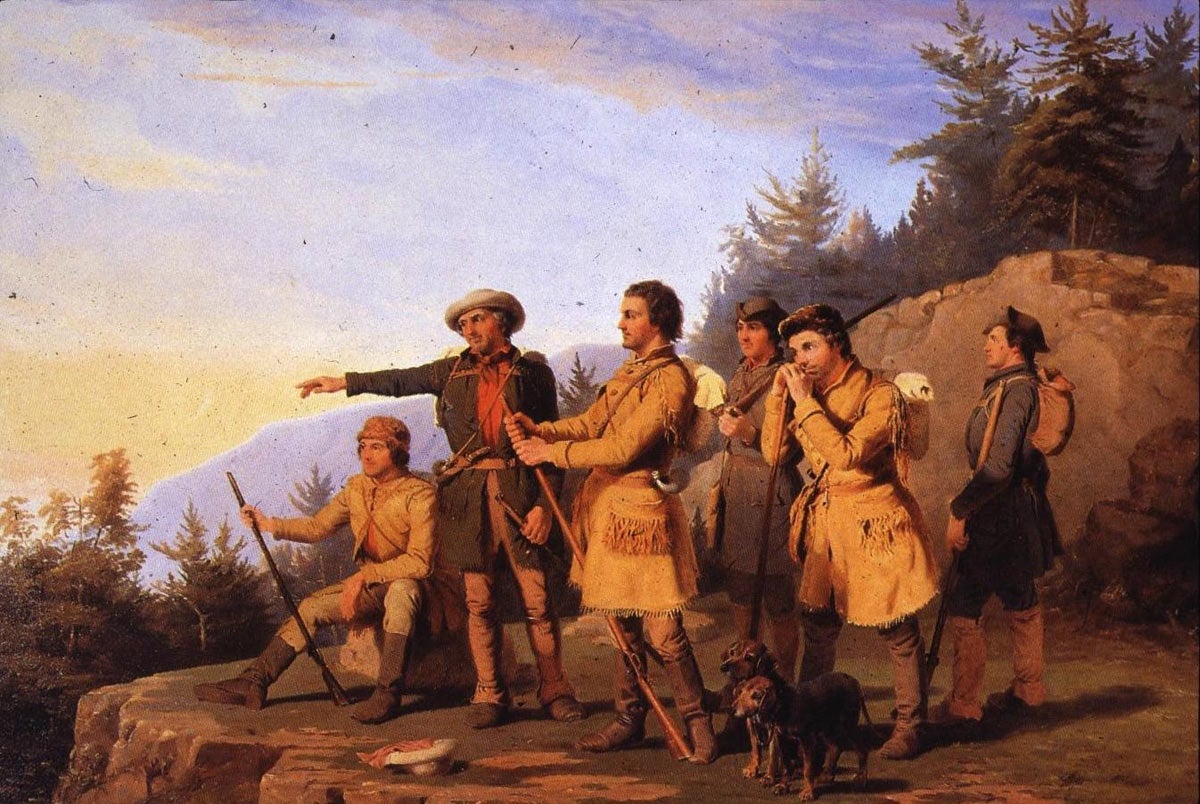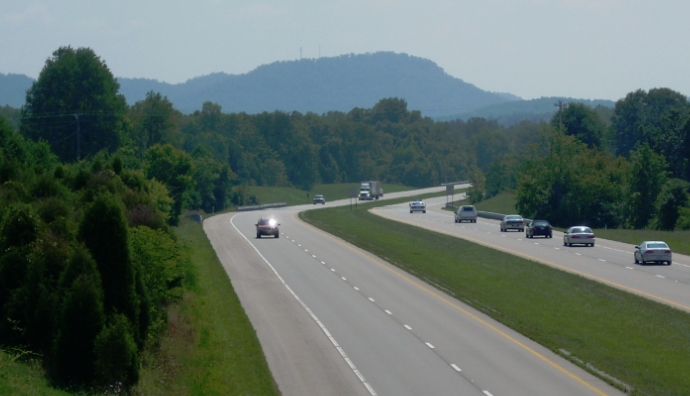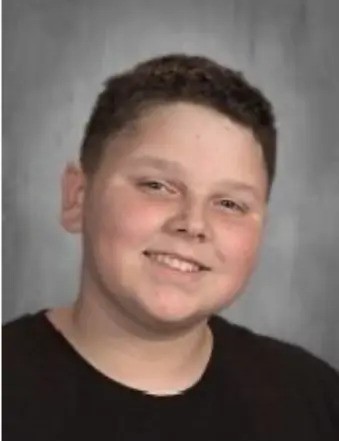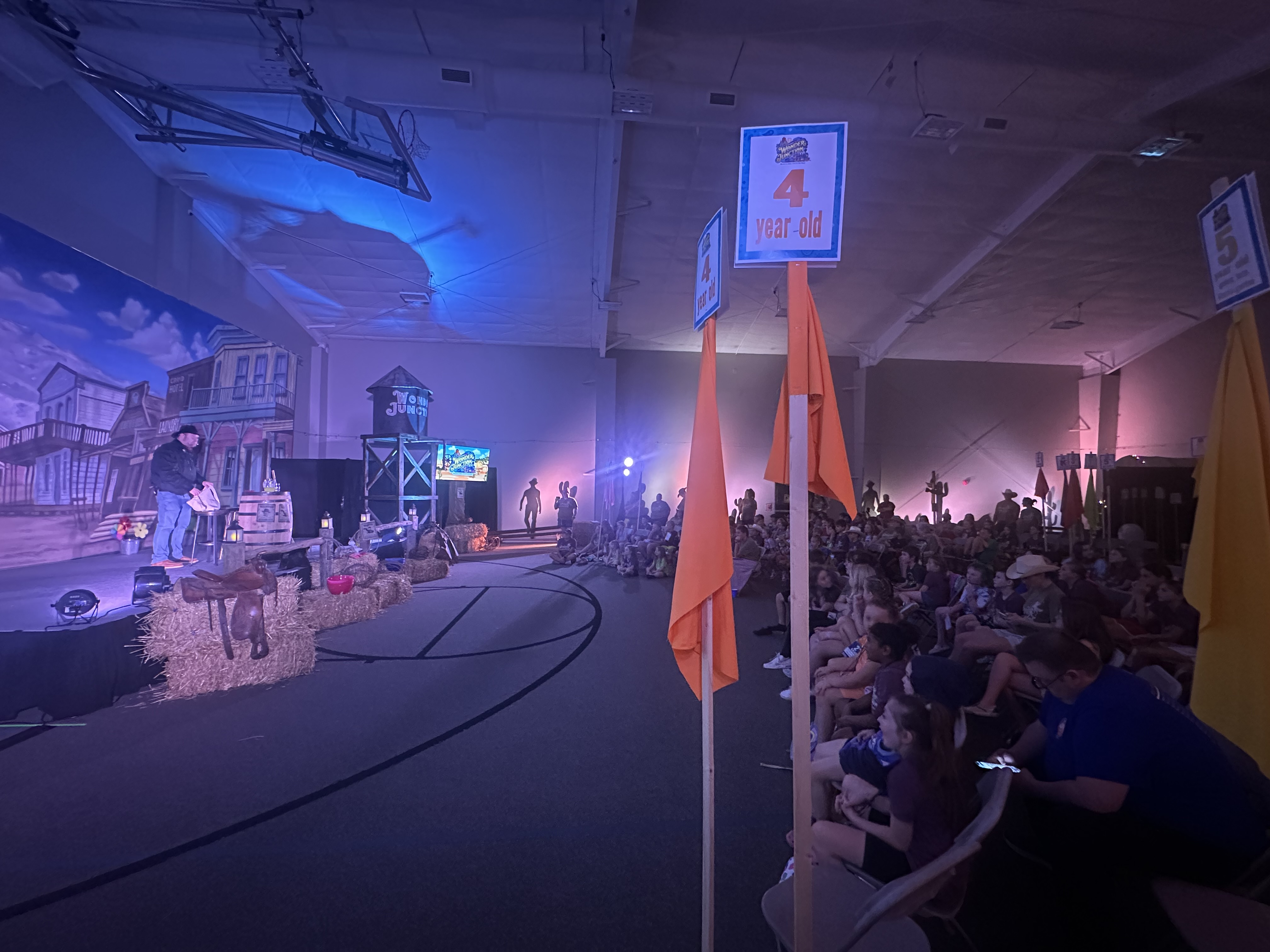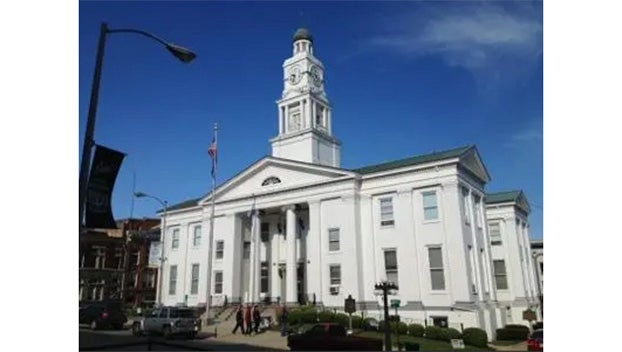HARRY ENOCH: Daniel Boone’s stay at Pilot Knob
Published 1:24 pm Friday, December 20, 2019


History-minded people are already planning for the 250th anniversary of Kentucky’s first settlements at Boonesborough and Harrodsburg which will be in 2025.
However, this year we pretty much overlooked celebration of another 250th, that of Daniel Boone’s first visit to Kentucky.
One event during that visit holds special significance for us in Clark County. Boone related the following story to our first historian, John Filson.
Trending
“It was on the first of May in the year 1769 that I resigned my domestic happiness for a time and left my family and peaceable habitation on the Yadkin River in North-Carolina to wander through the wilderness of America in quest of the country of Kentucke, in company with John Finley, John Stewart, Joseph Holden, James Monay and William Cool.
“We proceeded successfully, and after a long fatiguing journey through a mountainous wilderness, in a westward direction, on the seventh day of June following, we found ourselves on Red-River, where John Finley had formerly been trading with the Indians and, from the top of an eminence, saw with pleasure the beautiful level of Kentucke.”
So began the adventures of Daniel Boone in Kentucky. Historians place John Finley’s trading post at the old Shawnee town of Eskippakithiki in the Indian Old Fields in eastern Clark County.
One eminence dominates this fertile plain: Pilot Knob in nearby Powell County. Separating these two sites is Lulbegrud Creek, a branch of Red River.
The association of Pilot Knob with this eminence is so obvious that the Kentucky Historical Society held its Boone Day celebration there on June 7, 1953. This June marked the 250th anniversary of Boone’s ascent of Pilot Knob.
Daniel Boone has long been an American icon and still attracts the attention of modern authors and readers. The spate of books and articles about Boone continues unabated.
Trending
It was John Filson who gave us the first history and accurate map of Kentucky. In the year 1784, just nine years after Boonesborough was established, he published his classic work, “Discovery, Settlement and Present State of Kentucke.”
To his history, he appended “Daniel Boone’s own memoir,” which turned Boone into an international celebrity.
Over the years, various writers have quibbled with almost every aspect of Filson’s work. Pointing out small inaccuracies in the text, they claimed Filson got his facts all wrong.
They maintained Boone never spoke the words attributed to him — a critique of Filson’s use of “flowery language.”
Some suggested the Boone narrative was not even written by Filson. With a cloud cast over Filson’s work, some composed alternative versions of Boone’s adventures.
Many writers came to refer to Pilot Knob as the “legendary” site of Boone’s June 7 view.
We are particularly distressed with the suggestion by others to move the eminence from Pilot Knob to some other peak.
Two important figures have been stalwart supporters of Filson’s history.
One was Lyman C. Draper who spent a half century assembling an unparalleled collection of Boone material at the State Historical Society of Wisconsin. This culminated in his massive unpublished Life of Daniel Boone, still regarded as the classic work on the pioneer.
Another was Reuben T. Durrett, a prominent Kentucky historian and prolific collector of Kentuckiana. Durrett obviously thought highly of Filson — when he established our oldest historical society in Louisville in 1884, he named it The Filson Club.
Daniel Boone’s statement at the head of this article seems crystal clear. The specific details mentioned in the passage lead one unerringly to the lookout at Pilot Knob.
Numerous authorities have reported John Finley traded with the Indians on the waters of Red River. Finley’s trading post at Eskippakithiki was watered by Lulbegrud Creek, the first major fork of Red River.
Boone himself gave the creek its name, when he camped there in the winter of 1769-70.
It is unfortunate some authors over the years have obscured the meaning and questioned the value of Filson’s account of the “Adventures of Daniel Boone.”
To do so they have had to ignore Filson’s statement that he personally interviewed Boone regarding his adventures and “published them from his own mouth.”
And that the work was read, edited and endorsed by Daniel Boone, Levi Todd and James Harrod, three of Kentucky’s noted pioneers.
And, finally, that Boone once declared to a visitor that it was “All true. Every word true.”
Regarding Boone’s eminence, the reference to Red River “where John Finley had formerly been trading with the Indians” still rings clear.
We need look no farther than Pilot Knob in Powell County. And we can honor and belatedly celebrate the 250th anniversary of Boone and his companions ascending the famed Knob.
Harry Enoch, retired biochemist and history enthusiast, has been writing for the Sun since 2005. He can be reached at henoch1945@gmail.com.


